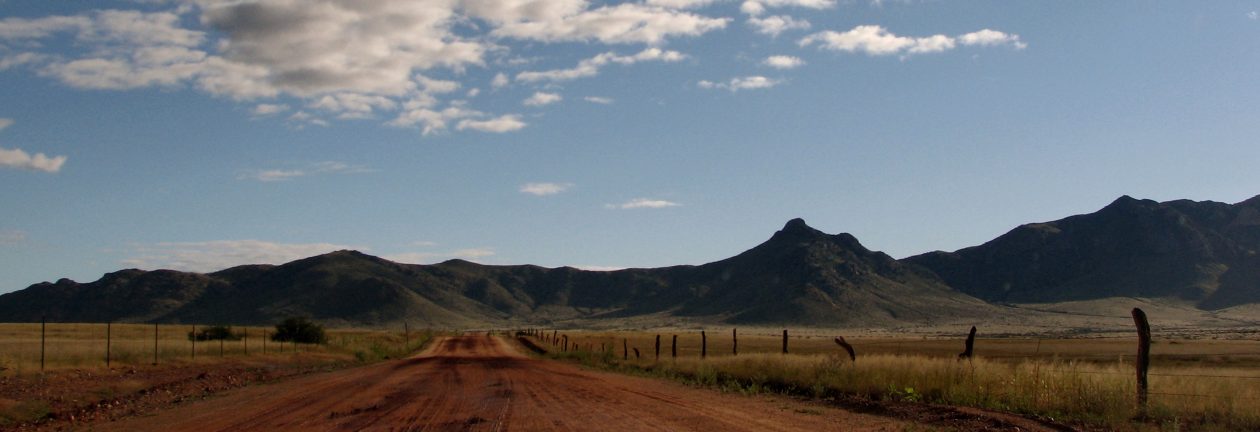Aurangabad, India
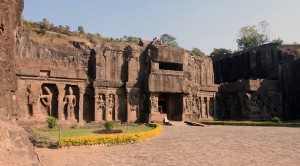
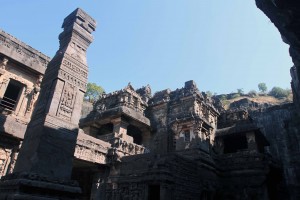
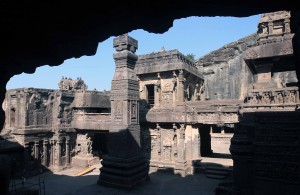
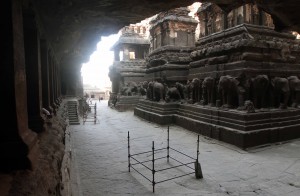
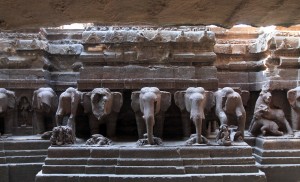
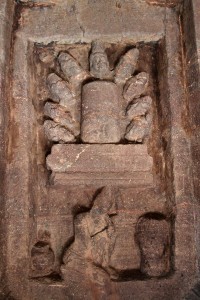
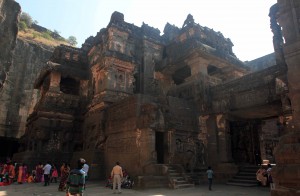
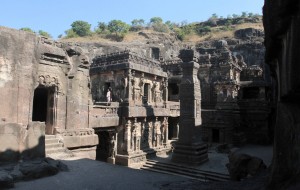
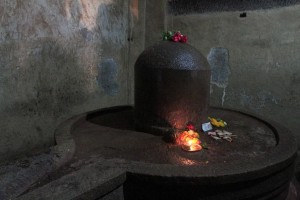
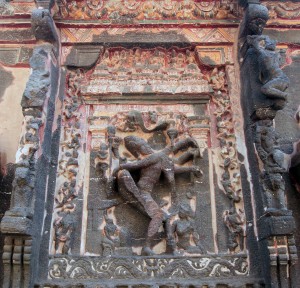
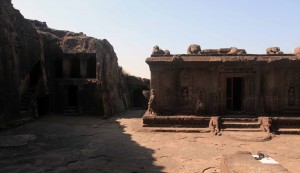
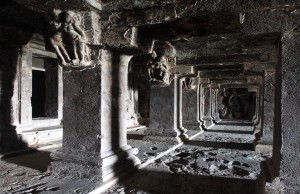
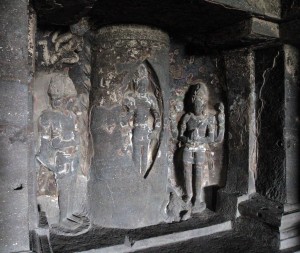
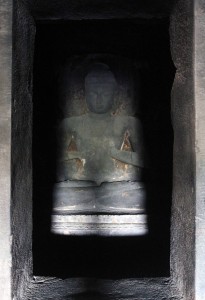
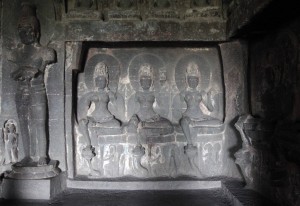
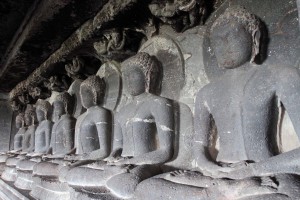
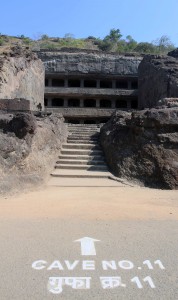
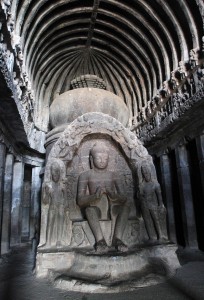
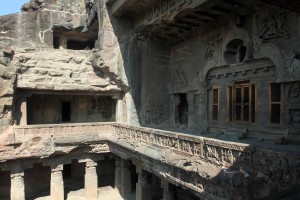
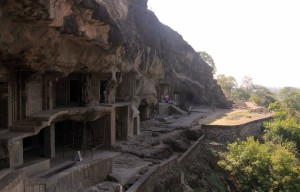
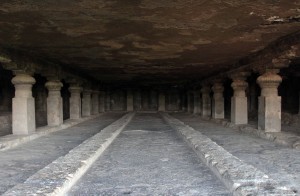
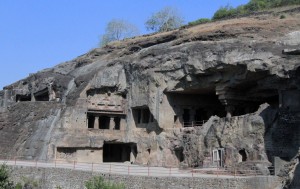
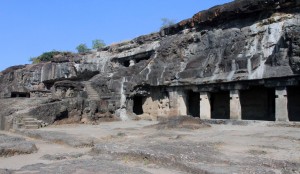
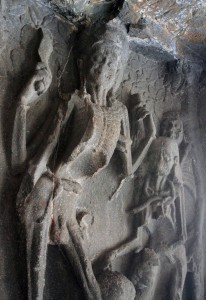
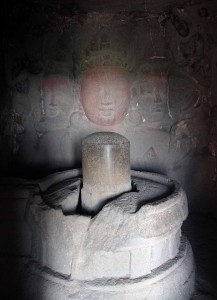
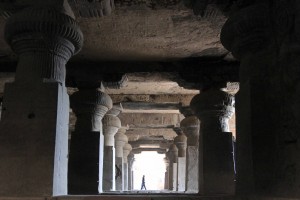
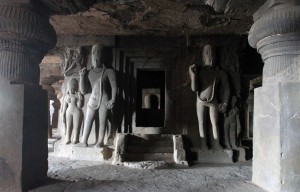
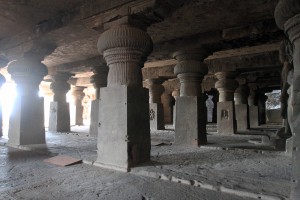
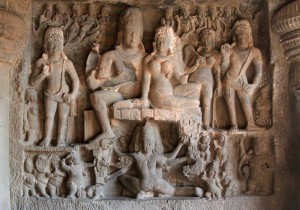
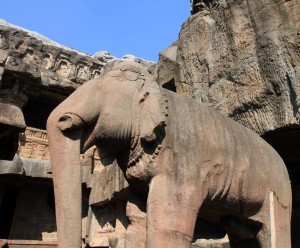
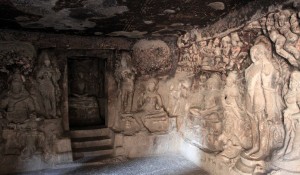
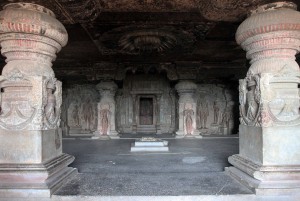
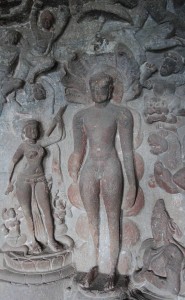
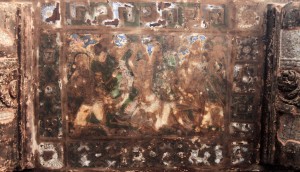
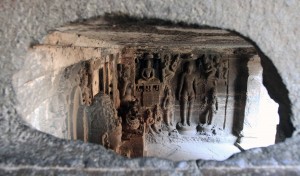
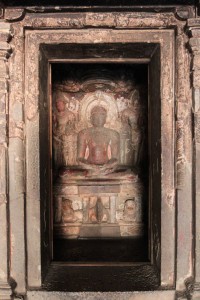
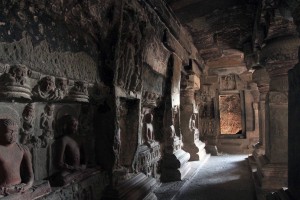
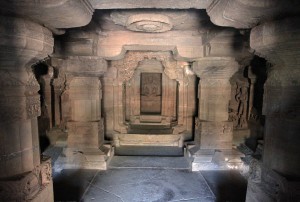
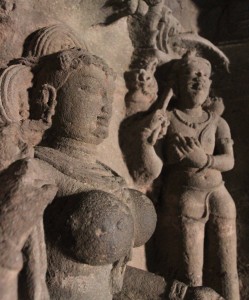
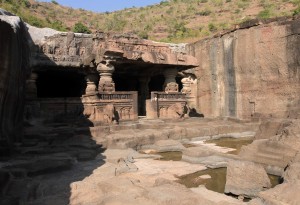
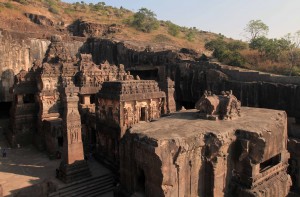
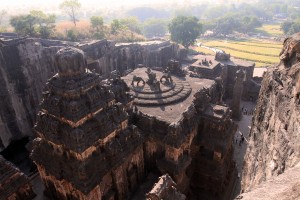

I woke up today, got ready, and walked to the Central Bus Station in Aurangabad. I then took the next available bus to the Ellora Caves. Ellora (also known as “Verul”) has thirty-four caves that were excavated over a period of six hundred years (from the fifth-century to the eleventh-century AD); the caves are compromised of Buddhist shrines and monasteries (caves 1-12, located at the southernmost end of the site), Hindu temples (caves 13-29, occupying the central portion of the site), and Jain temples (caves 30-34, at the northmost end); the most magnificent cave temple on the site is the Kailasa Cave temple (No. 16), which is the largest monolithic structure in the world and the first excavated cave temple that greets visitors after they pass through the entrance to the park. After arriving at the park entrance, I bought my foreigner-priced ticket (twenty-five times the amount of regular admission), entered in the park, ignored the “guides” and touts, and walked straight in to the Kailasa Cave temple. According to legend, the impressive Kailasa Cave temple took ten generations and more than two hundred years to complete, having been carved out from top to boottom (that is dedication to artwork, something rarely seen nowadays); the main temple in the Kailasa complex is called “Rang-Mahal (“Painted-Palace”) because after its completion, it was plastered and painted (some of this still remains today); the temple is decorated with life-size elephant sculptures and many very well carved reliefs, columns, and statues; I first walked around the main temple, through the rock-cut corridors, before walking up the steps to the main temple (unbelievable that this was all carved out of a rock side!); after visiting the main temple and viewing the linga and yoni inside the inner sanctum, I exited out of the Kailasa temple complex and walked southward, visiting each cave temple along the route. The next cave (No. 15) was the Dasavatara Cave (named so due to the various incarnations of Vishnu depicted here) and after that was the “Ravan Ki Khai” cave temple (No. 14). Cave No. 12 was a giant Buddhist monastery with three storeys and inside were many excellently sculpted reliefs, as well as many art students sketching the various reliefs (actually art students were to be found everywhere in the Ellora Caves making their sketches). Cave No. 10 is a double-storeyed cathedral-cum-monastery and the only chaitya griha at Ellora Caves; this cave also had a beautiful facade to invite all the pilgrims. I then continued southward, exploring all the cave temples along the way, until I reached the last cave (Cave No. 1, a Buddhist monastery from the sixth-century AD); from there, I turned around and walked northward, passing all the cave temples until I came across No. 17. I continued along the path, from No. 17, all the way to Cave No. 34. Cave No. 29, was very impressive with a large hall and many columns inside to support the large mass of stone above, keeping gravity from causing the cave to collapse. From Cave No. 29, I walked to Nos. 30-34, the Jain temples, and thoroughly explored those. I then walked back to Cave No. 16 and walked up the surrounding granite hill side to enjoy the view from above. As I was walking clockwise around the structutre and nearing the end, an Indian man with a twitchy face approached me, asked my name and where I was from (nothing out of the ordinary yet, almost all Indians ask me those two questions), and then propositioned me for “Indian sex”; he grabbed his crotch and tried to lead me in to a secluded spot with him in a neaby cave shrine; I feigned a lack of understanding and told him I didn’t know what he was requesting; I then promptly distanced myself from this poor man whose brain has most likely been eaten away by quarternary syphilis – I think I came very close to being sexually assaulted in India. After that bizarre and disturbing episode, I cleansed my hands with hand sanitizer (I shook the creep’s hands before he revealed his sad nature) and exited the Ellora Caves park; I then waited for a bus to take me to my next destination: Daulatabad Fort. A bus did come, but thanks to some indecisive European tourists blocking the way and a bus driver in a hurry, I did not get on; so I ended up taking a taxi van to the fort instead.
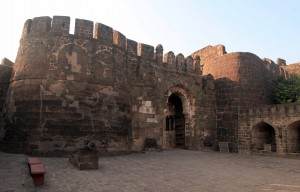
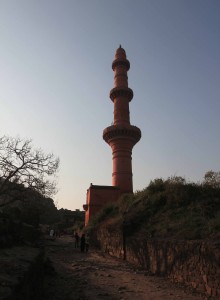
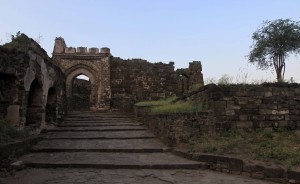
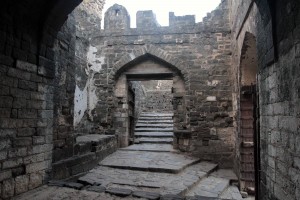
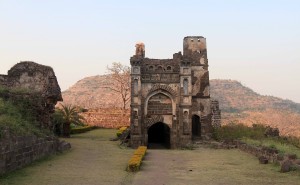
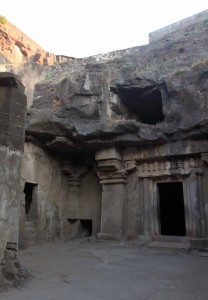
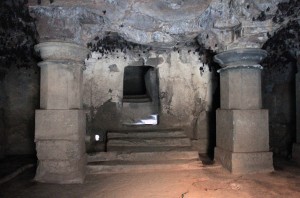
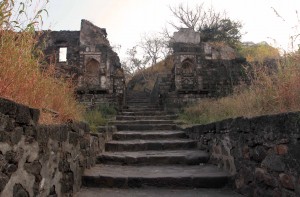
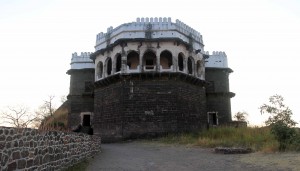
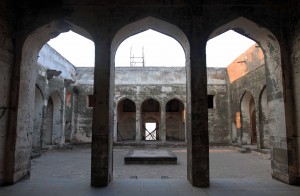
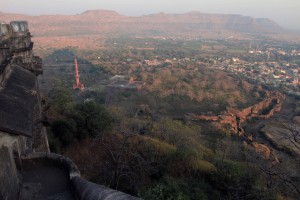
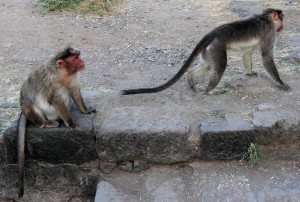
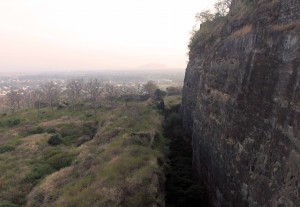
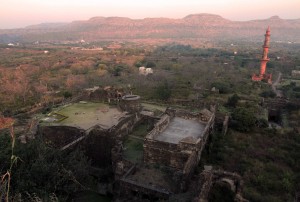
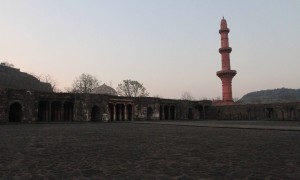
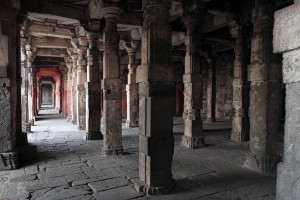
I reached Daulatabad Fort around 16:30, bought my entrance ticket, and began exploring beyond the walls of the fortification. Daulatabad Fort is built on a 200 meter high conical hill and was founded by the Yadavas of Deogiri (“the hill of the gods”) in the eleventh-century AD; after various attacks, the Khilji Dynasty annexed Daulatabad in the twelfth-century AD; Sultan Muhamm-bin Tughluq renamed Deogiri as Daulatabad (“abode of wealth”) and shifted the capital from Delhi to Daulatabad in 1328 AD, but he later retransferred the capital back to Delhi; later on, Daulatabad was wrested from imperial control in 1499 AD by the Nizam Shahis of Ahmednagar and was eventually captured by the Mughals (under Akbar and Shah Jahan) in 1633 AD; for a short period of time it was under control of the Marathas before the Nizams of Hydrabad took control of it in 1724 AD. The defense system of Daulatabad Fort consists of two moats (one dry, one wet) and a glacis, three encircling fortification walls with wall walks, Machicolations bastions, zigzag and lofty gates, and strategically placed gun turrets. After passing through the fort’s entrance, I walked through the Mahakot (the second line of defense), down the main avenue (passing a red mosque with a tall minaret), the dry moat, and then the wet moat (with green, slimy water). I then reached the Andheri (“Dark Passage”), the only entrance to the citadel and completely pitch black with many twists and turns (making any attempts to capture the fort by outside invaders nearly impossible); I entered inside the tunnel, with iPhone flashlight in hand, and followed the tunnel up toward the citadel as bats flew in front and around me (this was a cool experience); I finally reached what daylight remained and then continued up to the citadel outdoors. From the citadel and the top of the hill, I had a great view of the surrounding area and could clearly see all the fortifications built to defend Daulatabad. I then went back down the way I came and made my way back down to the main avenue, where I explored the Bharatmata temple and the adjacent water tank for public bathing. Finally, I exited the fort and waited on the road outside for the bus to Aurangabad. After boarding the bus and traveling back to Aurangabad, I made my way back to my hotel room, had dinner inside my room (curry cashew gravy, paneer masala, buttered chapati bread, and vegetable biryani), and, in time, went to sleep.
